Mr Worthington George Smith
Rank or Title
Date of Birth
23 Mar 1835
Date of Death
27 Oct 1917
Place of Birth
World War I Address
Place of Death
Grave Location
Soldier or Civilian
- Civilian
Source
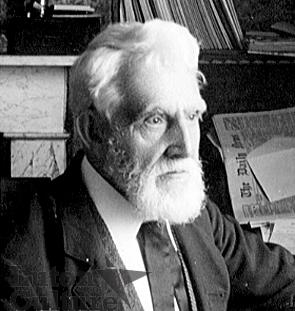
Following his death on the evening of Saturday, October 27th, 1917, Dunstable, Luton and South Beds mourned the passing of prominent antiquarian, botanist, author and illustrator Worthington George Smith. He was aged 82 and had lived in Dunstable forjust over 30 years..
Twelve days previously he went out to survey damage caused by an aerial torpedo dropped from an airship in Bull Pond Lane, Dunstable. He caught a chill, and two days later was confined to his bed. He gradually grew worse and, despite the care of Dr Little and Lizzie Jackson, his devoted housekeeper of nearly 22 years, his condition deteriorated.
Said The Luton News of November 1st, 1917: "In recording the passing of good men and true one is apt at times to adopt exaggerated estimates of their value to the community, but in regard to the late Mr Worthington Smith it is no extravagant delineation to say that Dunstable's loss is irreparable. Fulfilling a part unique in the life of the borough, he cannot be replaced by any contemporary, for he had made the county his home for over 30 years of his maturer life, had brought honour to the town and to his family, and withal had served his country, history and the growth of knowledge."
Worthington Smith was born on March 23rd, 1835, in Shoreditch, London, the son of civil servant George Smith and his wife Sarah (nee Worthington). He moved to Dunstable in 1885 on the advice of a doctor who recommended fresh air and a country existence. He had married Henrietta White in Kensworth on March 24th, 1856. They lived at 121 High Street South and left two sons and a daughter. Henrietta died four months before her husband.
Trained as an architect, Worthington Smith found natural history, especially fungi, more interesting and became a freelance illustrator. His solution to discovering whether fungi were edible or poisonous was by sampling them!
His interest in archaeology, and in particular the Stone Age period, arose from the 1870s, leading to his discovery of flint factories at Caddington and Round Green and elsewhere, and to searching for artefacts at Wauluds Bank in Luton.
As an historian Smith contributed much to the history of Dunstable. He discovered and translated the charter granted to the town by King Henry I, and his numerous books and publications included Dunstable, Its History and Surroundings, published in 1904.
In 1903 he was made the first freeman of the Borough of Dunstable "in appreciation of the eminent services rendered to this country in connection with his profession, and his munificent gifts to the Corporation". Parts of his collection are also housed at the British Museum.
Worthington Smith's funeral took place at Dunstable Cemetery on October 31st, 1917, with a service conducted at the cemetery chapel by the Rev F. R. Gascoyne, Pastor of West Street Baptist Church. The Mayor of Dunstable, Councillor Franklin, and members of the Corporation followed the cortege on foot from the Town Hall in High Street North.
The slideshow below includes pictures of Worthington Smith at flint workings he discovered at Caddington, and in the study at his Dunstable home, surrounded by artefacts and one of his illustrations on the wall.
Individual Location
Author: Deejaya


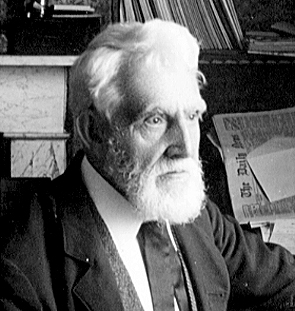
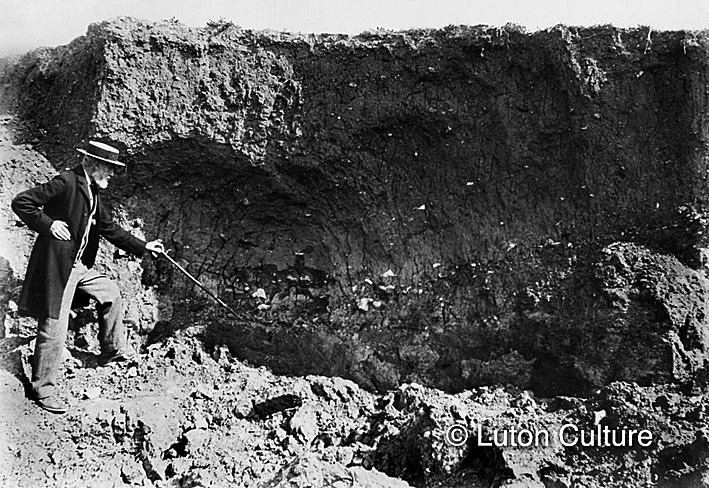
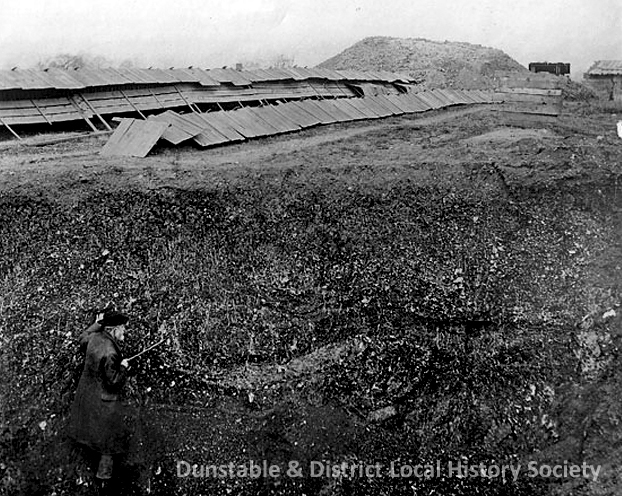
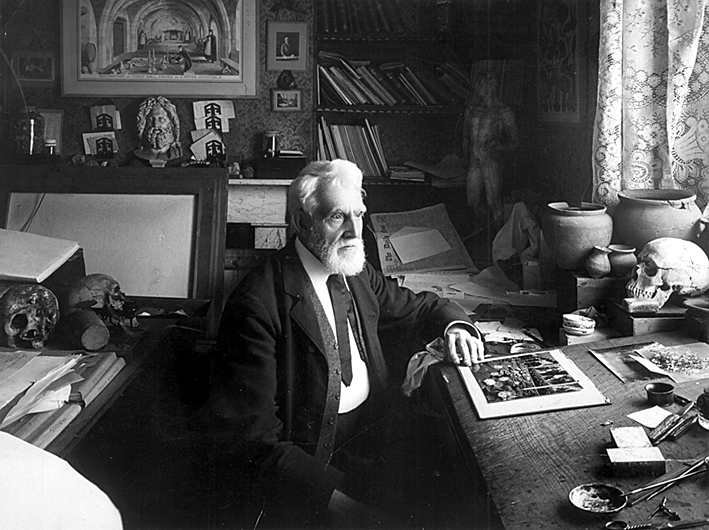
Add comment